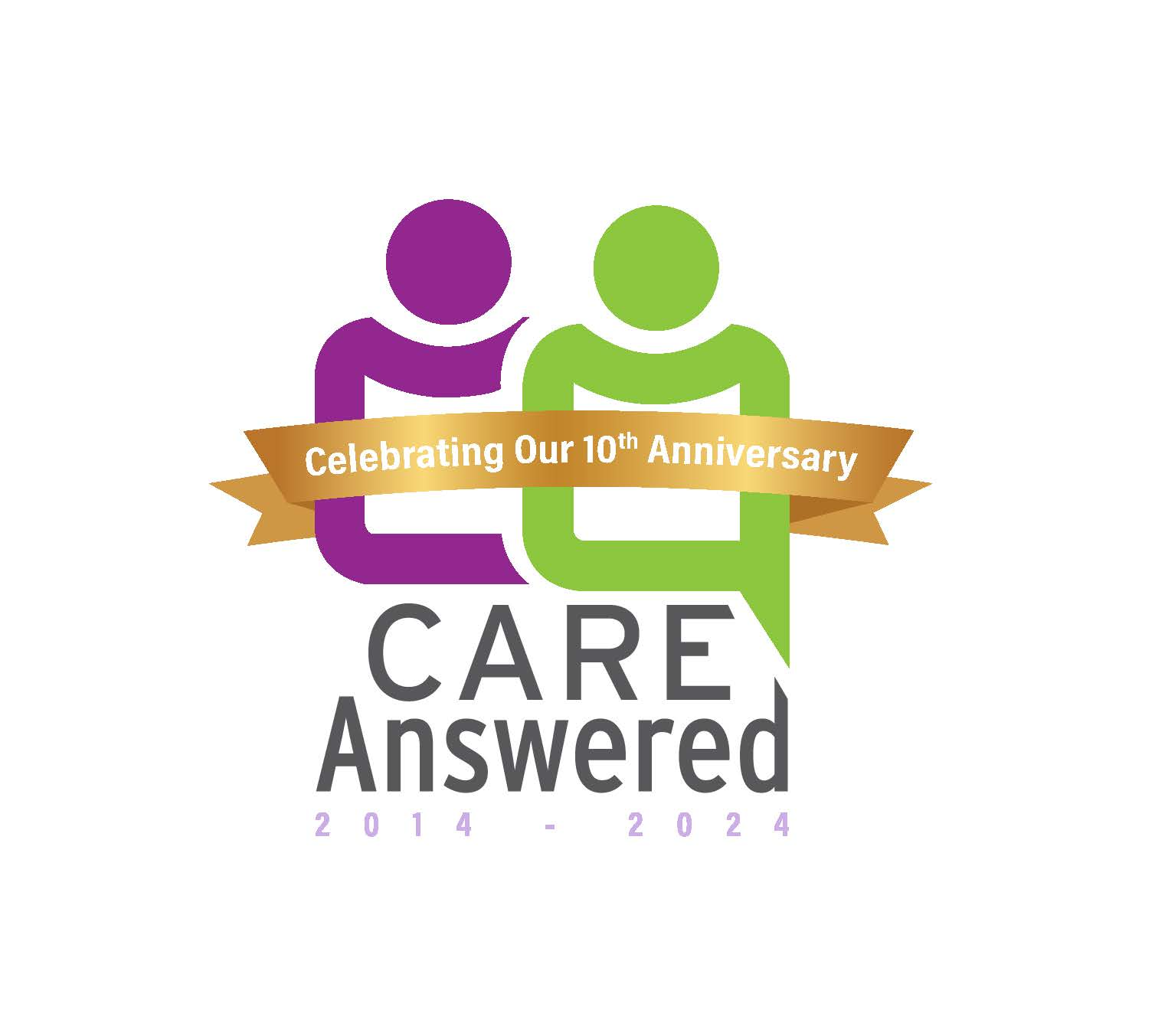Are you one of the 43.5 million Americans who provide care for a loved one – a spouse, parent or in-law with Alzheimer’s disease, or a special needs child? AARP estimates that the economic value of so-called “informal caregiving” is more than $470 billion annually. But that pales in comparison to the physical and emotional toll that caregiving can take.
November is National Family Caregivers Month, recognizing “Caregiving Around the Clock.” One month hardly seems like enough time to acknowledge the many sacrifices inherent in providing care for a loved one. The average age of the informal caregiver is 49, which means that very often these individuals define the sandwich generation, caring for both aging parents and children under 18. Family caregivers spend about 24 hours each week providing care, often on top of full- or part-time jobs. No wonder they are exhausted!

Most caregivers live within 10 miles of the care recipient. But long distance caregivers live an average of 450 miles away from care recipients, and studies show that emotional distress for the caregiver increases with distance from the recipient.
If you are a family caregiver, you know that support is essential. In particular, support communities and groups can help by providing you with a safe space to share feelings, frustrations and victories. Here are some tips:
- Find others (a friend, family member, or paid aide) who can provide you with a weekend, day, or even an hour off.
- Find a caregiver’s support group in your community or online.
- Take time for you. Exercise, read a book, take a walk, or do something that makes you happy, even if only for a few minutes each day.
- Remember to take care of yourself, or you will not be able to take care of your loved ones who are depending on you.
The Caregiver Action Network is an excellent online resource which is offering tips for family caregivers all month long. Care Answered is also here to help. We can answer your questions and assist you in navigating the healthcare bureaucracy, identifying your options, helping you understand insurance coverage, and enabling you to obtain the most appropriate care for your loved ones. Then YOU can spend more time being a husband, wife, daughter or son, and less time as a caregiver.
References:
https://www.caregiver.org/caregiver-statistics-demographics
http://www.caregiveraction.org/national-family-caregivers-month

